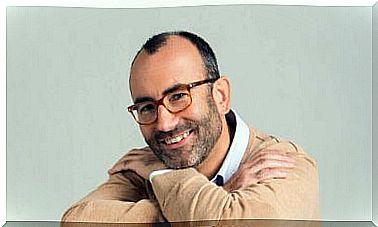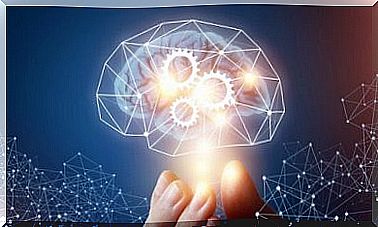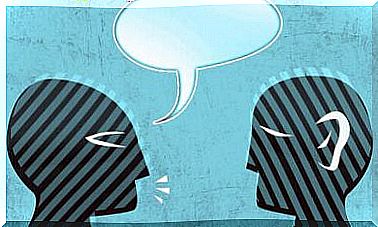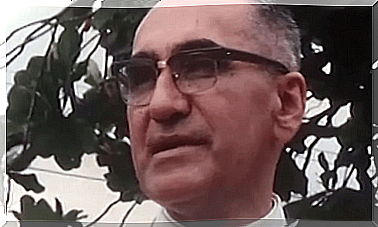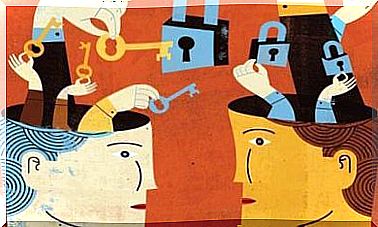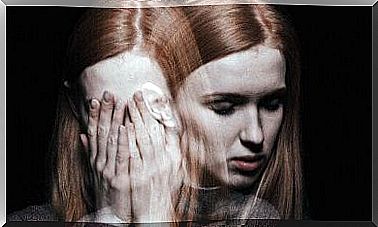The Theory Of The Double Code Of Allan Paivio

The double code theory was developed by Allan Paivio in 1971, based on the idea that the formation of mental images is useful for learning. This cognitive theory hypothesizes the possibility of giving an input to learning and of broadening knowledge through verbal associations to visual images.
Our cognitive faculty is complex, it simultaneously manages the reception of language, objects and non-verbal events.
According to Allan Paivio’s theory of coding, our language system deals simultaneously with the reception and processing of language, while using symbolic images to respond to behavior and to the event. Consequently it consists of a double function.
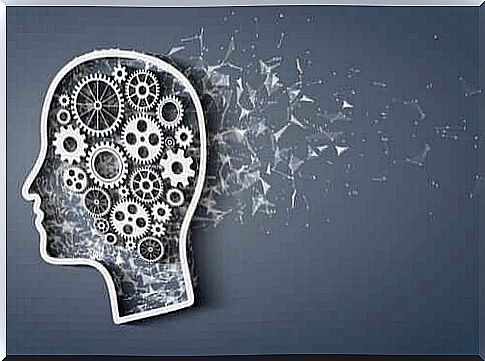
The double code theory
According to Paivio, there are two ways in which a person can broaden their knowledge: through verbal associations and with visual images. The double code theory assumes that visual and verbal information are used to represent information.
The processing of the same occurs in different ways and through different channels of the human mind, giving rise to distinct representations, depending on the information processed in each channel.
The mental codes that correspond to these representations are used to organize the incoming information, which can be stored, retrieved and even modified for later reuse.
We can use both visual and verbal codes to remember information. Furthermore, coding a stimulus in two different ways increases the possibility of remembering a memorized item.
Three forms of knowledge processing:
Within the framework of the double code theory there are three different types of elaboration: representational, relative to the referential process and to the associative one. In most cases, the three modalities are used unconsciously when dealing with a particular situation. That is, sometimes a certain situation may require only one or all three types of processing.
Paivio also hypothesizes the presence of two different types of representative units: “images” for mental images and “logogens” for verbal entities. The logogenes organize themselves in certain associations and hierarchies, while the images organize themselves according to the association of the part with the whole.
- We speak of representative processing when verbal or non-verbal representations are activated directly.
- We speak of referential processing when the activation of the verbal system is activated through the verbal system or vice versa.
- Finally, we speak of associative processing when the representations are activated within the same verbal or non-verbal system.

Reflections on the theory of the double code
There is a kind of controversy regarding the limits of Allan Paivio’s theory of double codification. For example, the above theory does not take into account the possibility that cognition is mediated by something other than words or images.
In this regard, we still don’t have enough research studies to determine if words and pictures are the only way we remember things. Indeed, in the presence of a further form of code, the theory would gain importance.
Another limitation of the double code theory is that it gains validity in tests where people are required to focus on the association of concepts. If it is not possible to create associations between a word and an image, it will be much more difficult to find the corresponding code and remember the word later. This represents a limitation for the double code theory.
Furthermore, the double code theory is not universally recognized. As an alternative to the ways of mental representation of knowledge, John Anderson and Gordon Bower proposed propositional theory. According to this theory, mental representations are stored as propositions instead of images.
Here the proposition is defined as the underlying meaning of the relationship between concepts. This theory states that images come into play as a consequence of cognitive processes for which knowledge is not represented in the form of images, words or symbols.

